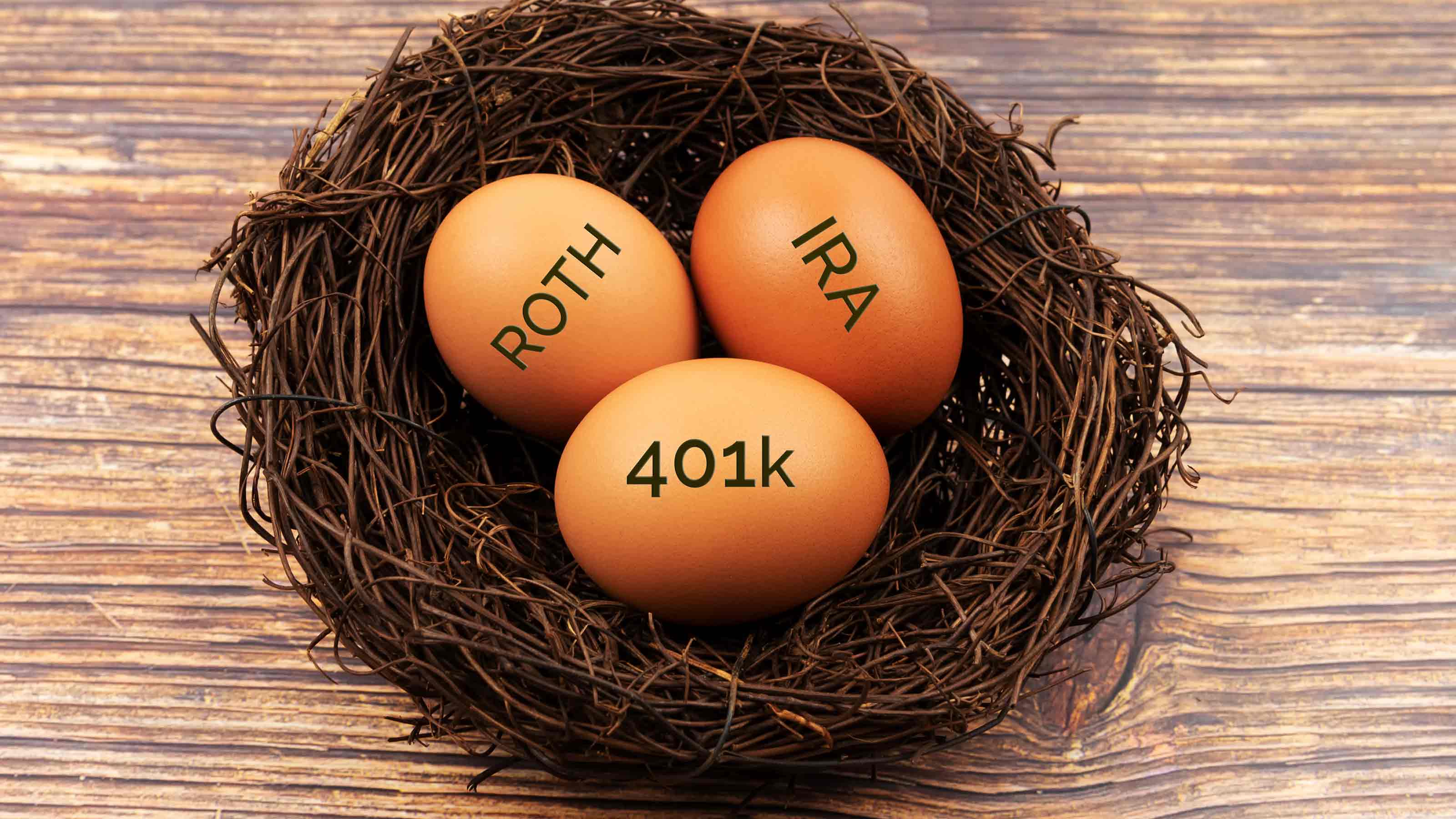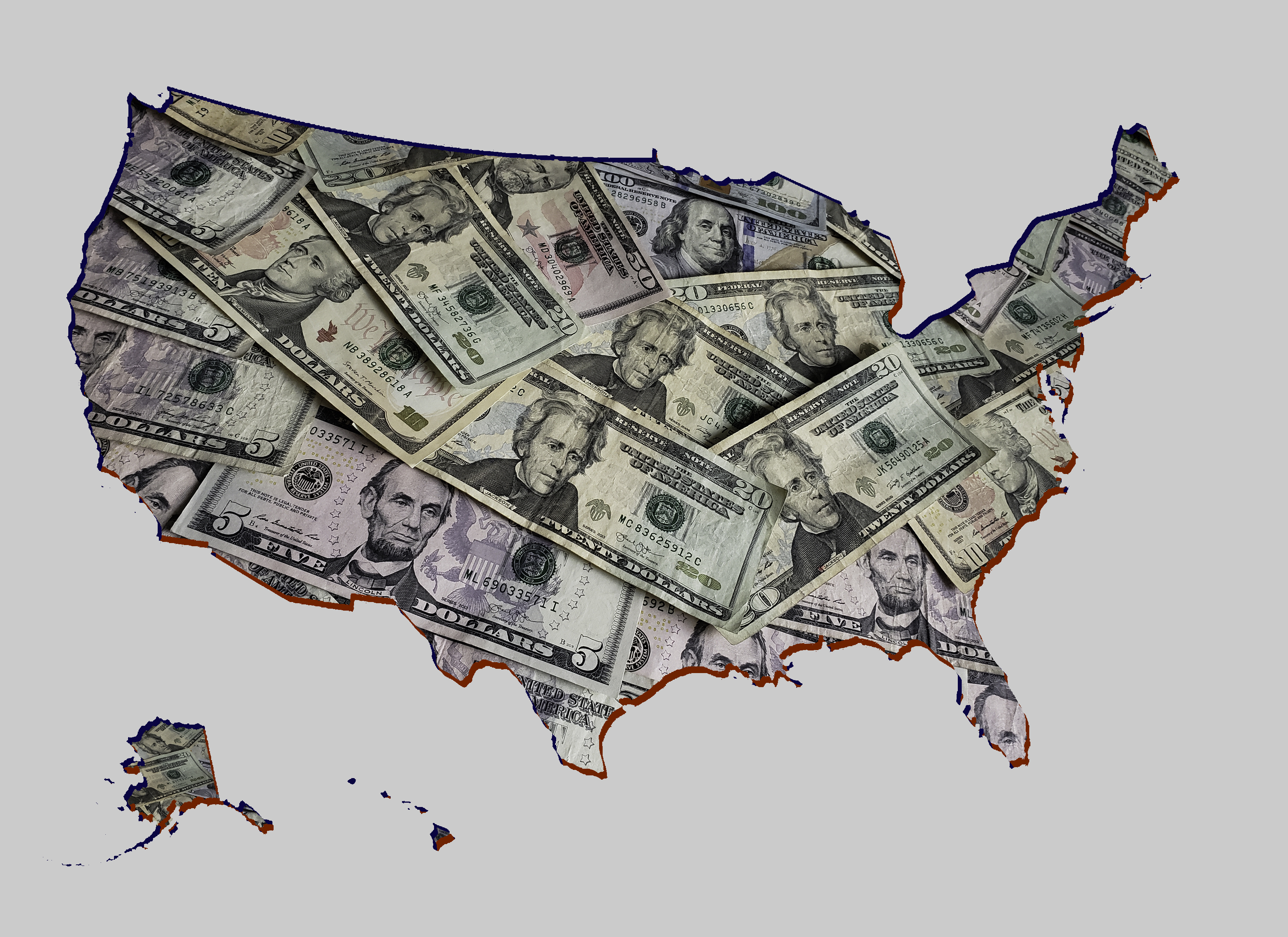Retirement Saver's Tax Credit Converted to "Saver's Match"
President Biden has signed legislation that turns the Saver's Credit into a government match to your retirement plan contributions.


The Saver's Credit helps lower- and middle-income Americans who contribute to a retirement plan by cutting up to $1,000 ($2,000 for married couples) off their tax bill when they file their annual tax return. It's also a particularly good incentive to get young people started early on saving for their golden years. But the Saver's Credit as it exists today is in for some significant changes – particularly with respect to how it's paid. The SECURE 2.0 Act of 2022, which was signed into law by President Biden on December 29, converts the credit into a government matching program for retirement plan contributions dubbed the "Saver's Match."
The new Saver's Match isn't effective until 2027, so the existing tax credit will still be around for a few more years. But if you'll still be saving for retirement after 2026, the smart move is to become familiar with the new tax break now so you can hit the ground running in 2027.
[Get a free issue of The Kiplinger Tax Letter, with timely tax advice and guidance to help protect your hard-earned wealth as the tax laws change. No information is required from you to get your free copy.]
From just $107.88 $24.99 for Kiplinger Personal Finance
Become a smarter, better informed investor. Subscribe from just $107.88 $24.99, plus get up to 4 Special Issues

Sign up for Kiplinger’s Free Newsletters
Profit and prosper with the best of expert advice on investing, taxes, retirement, personal finance and more - straight to your e-mail.
Profit and prosper with the best of expert advice - straight to your e-mail.
The Current Saver's Tax Credit
Currently, qualified taxpayers who contribute to a retirement plan (e.g., a 401(k), traditional IRA or Roth IRA) can claim the Saver's Tax Credit on their tax return. For 2022, single filers and married couples filing a separate return with adjusted gross income (AGI) of $34,000 or less are eligible for the credit ($36,500 for 2023). Married people filing a joint tax return must have an AGI of $68,000 or less ($73,000 for 2023), while head-of-household filers must have an AGI of $51,000 or less to qualify ($54,750 for 2023). However, even if your income is below the applicable limit, you won't qualify for the credit if you're under 18 years of age, a full-time student, or can be claimed as a dependent on someone else's tax return.
If you satisfy the eligibility requirements, the credit amount is either 10%, 20% or 50% of the first $2,000 ($4,000 for joint filers) you contribute to retirement accounts. The percentage used is based on your income and filing status. The credit is a "nonrefundable" credit, which means it can't be larger than your overall tax liability before the credit is applied (so your credit could be reduced if your tax bill is low).
Contributions to an ABLE account also qualify for the Saver's Credit if they're from the designated beneficiary (although this rule is set to expire after 2026).
For more information on the current credit, see Saver's Credit: A Retirement Tax Break for the Middle Class.
Saver's Match vs. Saver's Credit
The SECURE 2.0 Act makes a number of important revisions to the Saver's Credit starting in 2027. First and foremost, it changes the way you get the credit. Instead of having the credit applied against your tax liability when you file your tax return, the federal government will deposit a "matching contribution" directly into your retirement account. You'll get to pick which eligible retirement account it goes into, but it can't go into a Roth account. In addition, if you so elect or your matching contribution is less than $100, the match will be applied against your tax liability (as it is for the current tax credit) instead of deposited into a retirement account. Plus, the amount deposited into your account won't count towards your annual contribution limit. The hope is that this change will make it easier to save for retirement by actually putting more money into retirement accounts automatically.
The matching contribution will equal 50% of the first $2,000 contributed to eligible retirement accounts. Unlike the current Saver's Credit, the percentage won't change because of your income or filing status. The match (or credit if the match is applied against your tax liability) will also be "refundable" after 2026. As a result, you won't lose part of the matching funds if your tax liability is less than the amount of the match allowed.
Starting in 2027, the phase-out ranges are adjusted and expanded, too. This will allow more people to claim the Saver's Match. For single filers and married people filing separate returns, the match will be gradually reduced to zero if modified AGI is from $20,500 to $35,500. Joint filers will have their match reduced if their modified AGI is between $41,000 and $71,000, and head-of-household filers will see a reduction if their modified AGI is $30,750 to $53,250. These figures will be adjusted annually for inflation starting in 2028 (as the phase-out ranges for the current credit are adjusted each year). Deductions and exclusions allowed for any retirement savings contribution during the year won't be included in modified AGI (this is a new provision).
Eligibility for the Saver's Match would also be affected. Under the SECURE 2.0 Act, nonresident aliens don't qualify unless they are treated as a U.S. resident for the tax year. Generally, a "nonresident alien" is not a U.S. citizen, doesn't have a green card, and is not physically present in the U.S. for the required amount of time. As with the current Saver's Credit, taxpayers under 18 years of age, full-time students, and anyone claimed as a dependent on someone else's tax return aren't eligible, either.
Match contributions made under the SECURE 2.0 Act won't be subject to reduction or offset to pay child support, federal taxes, state income taxes, debts owed to federal agencies, or unemployment compensation debts.
If the IRS deposits money into your retirement account by mistake, the erroneous payment will be treated as an underpayment of tax that you must repay. However, if you take the money out of the account in a timely manner, you won't be hit with the 10% penalty for early withdraws from a retirement account (i.e., for taking money out before you're 59½ years old).
Penalties may be imposed if you withdraw a matching contribution from your retirement account before you turn 59½ years of age. However, the penalty can be avoided if you deposit the withdrawn funds back into an eligible retirement account.
Promotion of the Saver's Match
The SECURE 2.0 Act also requires the U.S. Department of the Treasury to increase public awareness of the matching contribution program. Among other things, this will include:
- Developing and distributing digital and print materials about the Saver's Match, including materials for state facilitated retirement savings programs;
- Translating these materials into the 10 most commonly spoken languages in the U.S.; and
- Making people aware of the potential penalties for withdrawing matching contributions early.
The Treasury must also submit a report to Congress by July 1, 2026, summarizing its planned promotional efforts.
More on the SECURE 2.0 Act
The SECURE 2.0 Act of 2022, which includes several provisions concerning retirement savings, is part of a larger government spending bill signed by President Biden on December 29, 2022.
Related
Profit and prosper with the best of Kiplinger's advice on investing, taxes, retirement, personal finance and much more. Delivered daily. Enter your email in the box and click Sign Me Up.
Rocky Mengle was a Senior Tax Editor for Kiplinger from October 2018 to January 2023 with more than 20 years of experience covering federal and state tax developments. Before coming to Kiplinger, Rocky worked for Wolters Kluwer Tax & Accounting, and Kleinrock Publishing, where he provided breaking news and guidance for CPAs, tax attorneys, and other tax professionals. He has also been quoted as an expert by USA Today, Forbes, U.S. News & World Report, Reuters, Accounting Today, and other media outlets. Rocky holds a law degree from the University of Connecticut and a B.A. in History from Salisbury University.
-
 Countries That Will Pay You to Move: Cash Grants, Incentives and What to Know
Countries That Will Pay You to Move: Cash Grants, Incentives and What to KnowExplore real relocation incentives — from cash grants and tax breaks to startup funding — that make moving abroad or to smaller towns more affordable and rewarding.
-
 Mortgage Protection Insurance: What It Covers and When It Makes Sense
Mortgage Protection Insurance: What It Covers and When It Makes SenseHow mortgage protection insurance works, what it costs, and when it’s actually useful in a financial plan.
-
 How to Use Your Health Savings Account in Retirement
How to Use Your Health Savings Account in RetirementStrategic saving and investing of HSA funds during your working years can unlock the full potential of these accounts to cover healthcare costs and more in retirement.
-
 State Tax Changes 2026: Is Your State Cutting Taxes This Year?
State Tax Changes 2026: Is Your State Cutting Taxes This Year?Tax Changes As a new year begins, taxpayers across the country are navigating a new round of state tax changes.
-
 When Do W-2s Arrive? 2026 Deadline and 'Big Beautiful Bill' Changes
When Do W-2s Arrive? 2026 Deadline and 'Big Beautiful Bill' ChangesTax Deadlines Mark your calendar: Feb 2 is the big W-2 release date. Here’s the delivery scoop and what the Trump tax changes might mean for your taxes.
-
 Are You Afraid of an IRS Audit? 8 Ways to Beat Tax Audit Anxiety
Are You Afraid of an IRS Audit? 8 Ways to Beat Tax Audit AnxietyTax Season Tax audit anxiety is like a wild beast. Here’s how you can help tame it.
-
 States That Tax Social Security Benefits in 2026
States That Tax Social Security Benefits in 2026Retirement Tax Not all retirees who live in states that tax Social Security benefits have to pay state income taxes. Will your benefits be taxed?
-
 10 Cheapest Places to Live in Washington
10 Cheapest Places to Live in WashingtonProperty Tax Is Washington your go-to ski destination? These counties combine no income tax with the lowest property tax bills in the state.
-
 3 Major Changes to the Charitable Deduction for 2026
3 Major Changes to the Charitable Deduction for 2026Tax Breaks About 144 million Americans might qualify for the 2026 universal charity deduction, while high earners face new IRS limits. Here's what to know.
-
 Retirees in These 7 States Could Pay Less Property Taxes Next Year
Retirees in These 7 States Could Pay Less Property Taxes Next YearState Taxes Retirement property tax bills could be up to 65% cheaper for some older adults in 2026. Do you qualify?
-
 Estate Tax Quiz: Can You Pass the Test on the 40% Federal Rate?
Estate Tax Quiz: Can You Pass the Test on the 40% Federal Rate?Quiz How well do you know the new 2026 IRS rules for wealth transfer and the specific tax brackets that affect your heirs? Let's find out!
